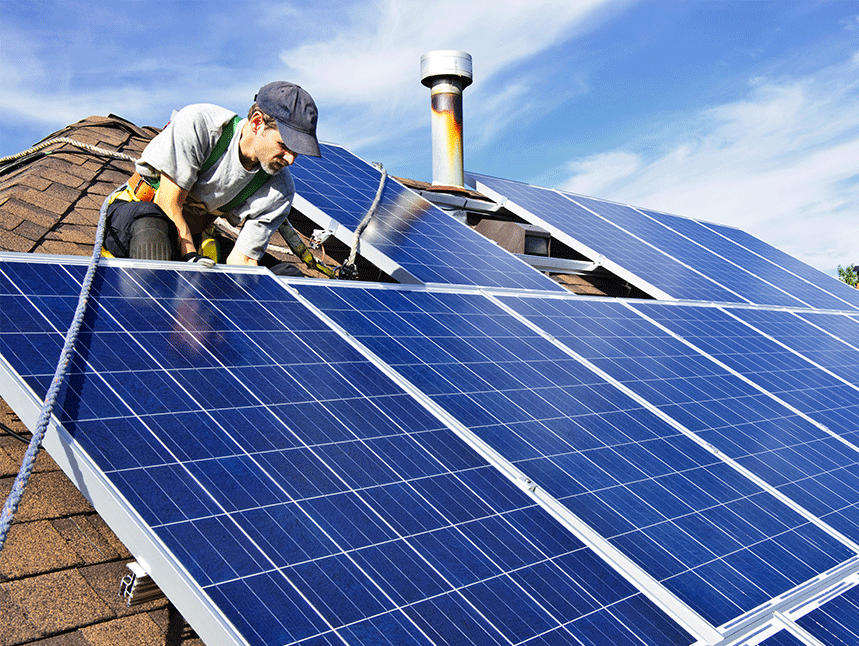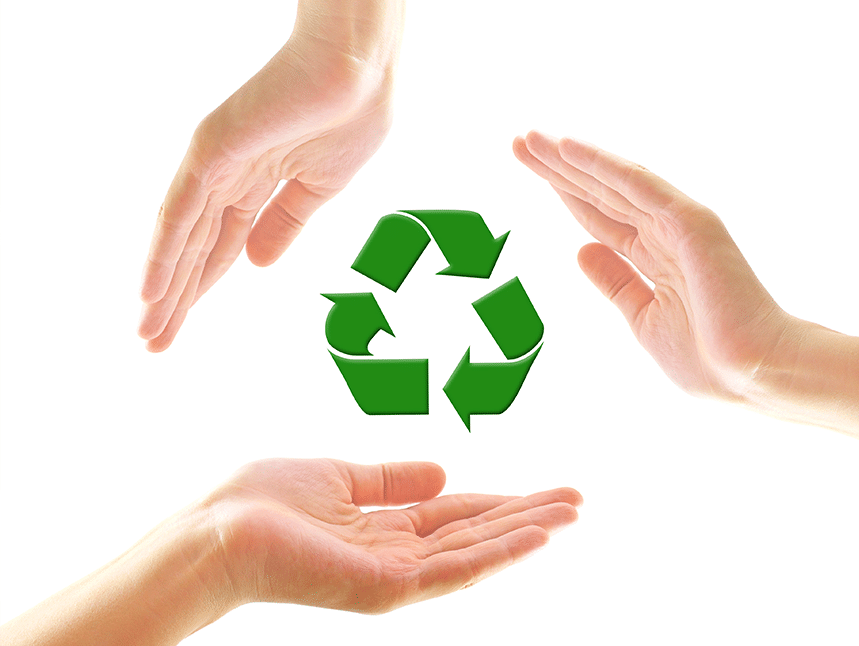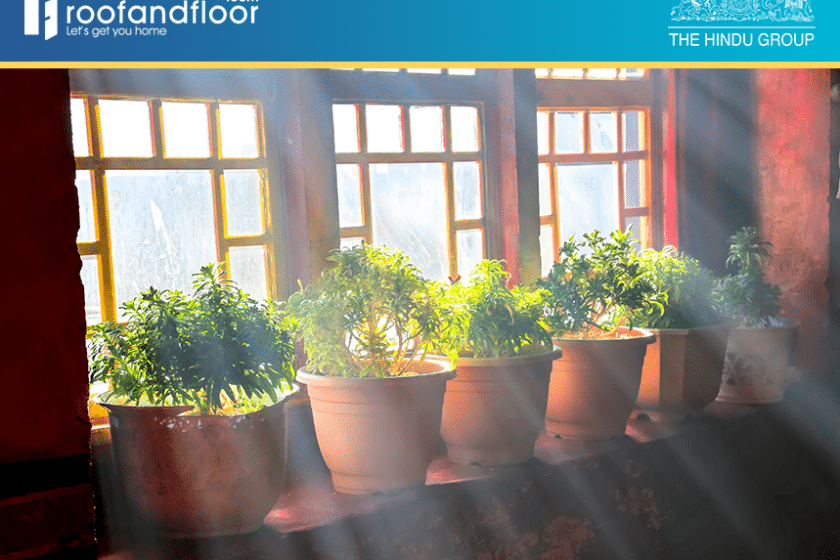Imagine living in a home with zero carbon footprint. Where the entire house is powered by the sun and every drop of rain received is conserved. Where every item of trash is recycled and turned into fertiliser. Sounds too good to be true, isn’t it? Only that it is not.
Going green doesn’t necessarily have to be expensive with expensive investments like solar panels, non-toxic paints or wooden flooring. All it takes is simple changes in your everyday lifestyle to make your home a healthier, greener place to live in. But as said “old habits die hard” and it might take some effort and time to adapt to a greener lifestyle and lessen your home’s impact on the environment. To begin with, you can make a commitment to change just one habit every month.
Try any of these for this month.
Say ‘no’ to plastic bags

Shun plastic bags by carrying a reusable canvas bag or jute bag next time you are out shopping. We all know that polyethene bags are non-biodegradable and almost every single plastic bag you are using today is going to outlive you by at least a millennium.
These plastic bags are responsible for the death of thousands of marine animals every year including many endangered species. It is a good habit that needs no special effort to always keep a reusable bag in your car or your bag. You may end up using fewer or no plastic bags at all.
Replace old light bulbs with LED or CFL

According to a report published by EIA, a major part of electricity consumption in an Indian household goes towards lighting. That means the best way to reduce your energy bill, as well as your carbon footprint, is to replace all your old light bulbs with LEDs and CFL lights.
These lights use 75 percent lesser energy than a standard incandescent bulb. These light bulbs also last way longer than traditional lights thereby reducing electrical waste to a great extent.
Another advantage of switching to LED lights is that they emit less heat compared to an incandescent bulb. This means your air conditioner will have less heat to compensate and has to run less, thereby saving more energy.
To encourage green living, the Indian government is distributing free LEDs in many parts of India. To get free LED lights, check the details of the scheme here.
Fix leaking toilets and pipelines

It may not seem like a big deal to many, but leaking toilets and pipelines waste a lot of water. To make your house green, it is important that you stop the water leaks.
Pay attention to any dripping noises you hear near your bathroom or around your house. Or if there is a sudden unexplainable spike in your water bill, there is surely a leak in your water pipeline.
If you find or doubt a leak, call a plumber immediately. Some leaks, if left unattended, can result in precipitation of water from walls or may damage the pipe, which may cost you a lot more in the long run. If you are planning to buy a new home, get it inspected from a plumber to ensure every tap and faucets are intact and without any leakage.
Install solar panels

Thanks to government initiatives, solar panels are way cheaper now than they were a couple of years ago. Installing solar panels at home is an excellent way to make your home greener. And the best thing about them is that they will pay for themselves over time.
Although it calls for an initial investment, solar panels can help you save a lot of money on electricity bills. As per the latest report, solar power costs anywhere between Rs 30 to Rs 50 per watt of power generated. Also, if you are looking for government subsidy, then you should go for Made in India products. Solar panels are an excellent way to move towards a greener lifestyle and save on electricity bills in the long run.
Reuse and recycle

Let’s admit it! As humans, we are inconsiderate towards our future generation. We are consuming more resources than nature can replenish thereby depriving communities in greater need from their share of the world’s resources.
The best way to ‘go green’ is to reduce our personal consumption and to recycle. Replacing stuff that needs recycling by stuff that can be reused is less environmentally taxing.
Also, separating regular trash from recyclable waste is an easy task that barely takes any effort or time. Just keep two separate trash cans at home at put trash accordingly. Stick to the 3 Rs – Reuse, Recycle and Reduce for a green home.


